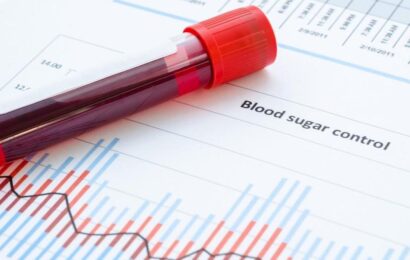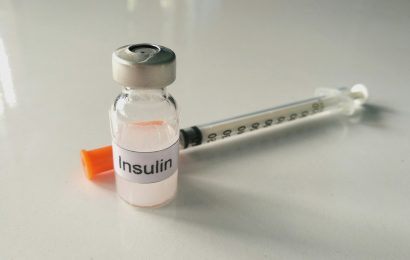If you’re in the habit of sloshing on the sriracha or have a hankering for habanero, read on. Whether you timidly drop on the Tabasco™ or go full force with a spicy curry dish, your taste for hot and spicy food can actually help your health! Hot foods, such as peppers and sauces, contain an ingredient called capsaicin. Capsaicin can be a very effective pain reliever and is even used topically for neuropathy pain. Hot peppers can also boost your immune system, helping to ward off germs that can cause illness. And let’s not forget a key ingredient in many Indian dishes: turmeric, a spice that contains the antioxidant curcumin and that has anti-inflammation properties.
Here’s how these hot and spicy foods can help your health:
Weight loss. If you can stand the heat of those hot peppers, then munch away. Hot peppers contain capsaicin, which increases body heat and jump-starts your metabolism. It’s thought that capsaicin stimulates brown fat, the metabolically active fat in the body that increases the rate at which you burn calories. Another benefit of hot and spicy foods: they can blunt your appetite, so that you eat less. Unfortunately, weight loss isn’t as easy as munching on a jalapeno pepper. You still need to watch portions and move more. But turning up the heat may make it easier to drop a few pounds.
Cancer prevention. Curcumin, the ingredient in the spice turmeric that gives curry its bright yellow color, has both antioxidant and anti-inflammatory properties. In the lab, curcumin has been shown to kill cancer cells and even prevent cancer cells from forming in the first place. Animal studies show that curcumin may prevent a number of types of cancer, including stomach, breast, lung, colon, prostate, and liver cancers. The American Cancer Society has noted that capsaicin may slow the growth of prostate cancer cells. Again, it’s too soon to definitively say that these two compounds can prevent cancer. But including foods containing these ingredients in your eating plan certainly can’t hurt.
Better digestion. If you have an upset stomach or have suffered through a stomach ulcer, it may seem like the last foods you’d want to eat are those that are hot and spicy. In fact, medical advice for people who have digestion problems has been to avoid spicy foods like the plague. But the reality is that spicy foods can actually help heal the lining of the stomach and slow down the production of excess acid. And in fact, research shows that eating chili peppers may even lower the risk of ulcers in the first place. Spices such as ginger and chili powder, for example, can reduce stomach inflammation (ever wonder why sipping on ginger ale makes your stomach feel better?) and even treat infection. Turmeric may be helpful in treating irritable bowel syndrome. However, spicy foods can produce a burning effect, especially if you’re not used to eating them. For this reason, start off with small portions of foods that aren’t too hot until your system is better able to tolerate them.
A healthy heart (and blood vessels). Hot peppers get their heat from a substance called capsaicinoids. Researchers have found that capsaicinoids can lower blood cholesterol levels and keep blood vessels from constricting, helping to improve blood flow. They may also help lower blood pressure, too.
Cold and flu fighter. Grab a bowl of hot and sour soup the next time you have a cold or are battling a fever. Spicy foods can help ease congested nasal passages, help with breathing problems from bronchitis, and relieve flu symptoms, too. Try chili peppers, horseradish, or wasabi when you’re under the weather.
Tips for turning up the temperature
• Sprinkle hot sauce on your foods, such as vegetables, grains, chicken, or meat. Try Tabasco™ or sriracha. Remember that a little goes a long way.
• Shake on red pepper flakes — they’re great on pizza.
• Add a dash of cayenne pepper to soups, stews, chili, or marinades.
• Try different types of hot peppers, such as jalapeno or chili peppers. If you’re really, really brave, give the world’s hottest pepper, the Carolina Reaper, a try. Add hot peppers to chili, stir-fries, or fajitas.
• Oops — overdid it? Skip the plain water. Instead, grab a glass of water that contains lemon or lime (the acid will help quench the fire). Tomato juice and milk can work, too. In addition, eating a carbohydrate food, such as rice, potatoes, or tortillas can ease the burn. Next time, go slow!
Amy Mercer might have a bruise on her arm from an injection, and a pocket full of glucose tabs, but she is a runner. Bookmark DiabetesSelfManagement.com and tune in tomorrow to read more.





